Produce Storage Ideas
For years I’ve been on the hunt for the best produce storage ideas. I don’t know about you, but too often, our fruits and vegetables go bad before we can use them.
I hate wasting food. Also, it’s terrible for the environment. Let me explain.
According to the Environmental Protection Agency, more than 20 percent of waste in landfills is from thrown away food. This includes produce, fruits, vegetables and more.
It helps if you can compost your food scraps. Then, you’ll keep them out of the waste stream.
Since we invested in this spinning composter from Amazon, we’ve significantly reduce our garbage output. These days, we put out one bag of waste a week.
Much of our “trash” is in the recycling bin (paper, plastic, glass). Since we don’t eat meat, all the rest of the food waste goes in the composter.
But I’m getting off track about produce storage
Why you need produce storage ideas
There is a simple reason to find great ideas for storing fruits and vegetables: you want them to last as long as possible.
I get it. Produce is expensive. These days you don’t want to spend your hard-earned money on anything that’s just going to end up in the garbage.
Save this article and we’ll send it to your inbox. Plus, we’ll send you more great links each week.
It’s one of the reasons I love shopping at Aldi. Like other companies that offer guarantees, Aldi has a warranty on its produce and everything else you buy in the store.
Called the Aldi Twice as Nice Guarantee, here’s how Aldi describes it:
“If for any reason you are not 100% satisfied with the quality of any product, we will gladly replace the product AND refund your money. To receive the Twice as Nice Guarantee, the product packaging and any unused product must be returned to your local ALDI store manager.“
Aldi return policy
Walmart also has a product guarantee but for produce.
Best storage tips for your fruits and vegetables
Storing produce so that it lasts the longest starts as soon as you get home from the store. If you aren’t prepping your fruits and vegetables, if you will, then you won’t get the optimal life out of them.
Wash and dry wet produce
If your vegetables come home from the store wet, be sure to pat dry with paper towels.
For unwashed greens, separate leaves and bathe them in several changes of icy cold water. You may want to add a bit of vinegar or lemon juice to add crispness.
Spin dry if you’re using the lettuce right away. If not, pat dry with a paper towel, as mentioned above. Then, store in a clean, perforated plastic bag in the fridge.
Storing prepacked produce
As soon as possible, take pre-washed leafy greens out of the containers. It doesn’t matter if they came in a plastic bag or clamshell.
You’ll want to take them out, then throw away any bruised or spoiled pieces. Those leaves will spoil the rest.
Next, layer the veggies in plastic bags and place them in the crisper section of your refrigerator. Or, put them in a reusable storage container, such as from Rubbermaid.
Then, put a dry paper towel in the container. The paper towel will absorb extra moisture and keep the produce fresher longer.
Note: you may have to replace the paper towel every day or so, especially if it becomes wet.
Produce storage: separate fruits from vegetables
People often toss produce together into crispers. However, apples and some other fruits give off ethylene gas.
Ethylene gas speeds the ripening of vegetables.
So, separate your fruits and vegetables so veggies don’t ripen too fast.
Berries, oranges, pineapples, cherries, grapes and watermelon do not ripen after picking. So put them directly into the refrigerator.
Lemons and limes can be kept on the counter but will last longer in the refrigerator.
Strawberries do best when kept in a paper bag in the fridge. Moisture leads to spoilage of strawberries. Check the bag for dampness every other day.
Trim root vegetables before storing
Cut off green tops of carrots, turnips or beets. The tops draw nutrients out of the roots.
Store these vegetables in a cold, dark, well-ventilated place.
Some produce should never be in cold storage
Keep onions and eggplants out of the refrigerator. Also, store them separately.
They last longer when air is circulating around them.
Also, tomatoes should remain on the counter to maintain their texture and flavor. Refrigeration may turn tomatoes mushy.
Place tomatoes in a bowl lined with a paper towel, at room temperature. Do not keep them near heat sources or direct sunlight.
Remove mushrooms from containers and clean them individually with a damp towel. Dry them carefully and store them in a paper bag.
Unripe pears, apricots, apples, peaches, plums, mangoes, honeydew melons, cantaloupes, bananas, kiwis and avocados can soften on the counter. Once they are soft to the touch, move them to the refrigerator to stop the ripening process.
Produce storage: keep bananas fresh as long as possible
Take bananas apart when you get home from the store. Keep them on the counter or in a basket with holes that allows air to circulate.
While that sometimes works, oftentimes I’ll go to bed with perfect bananas, only to wake up the next morning with brown bananas.
I’ve learned that storing bananas on my sunny kitchen windowsill is not a good idea. It seems the sunlight and heat contribute to their ripening and then overripening too quickly.
How to reuse overripe bananas
Just because your bananas have over ripened, you don’t have to throw them away. There are plenty of delicious ways to reuse bananas.
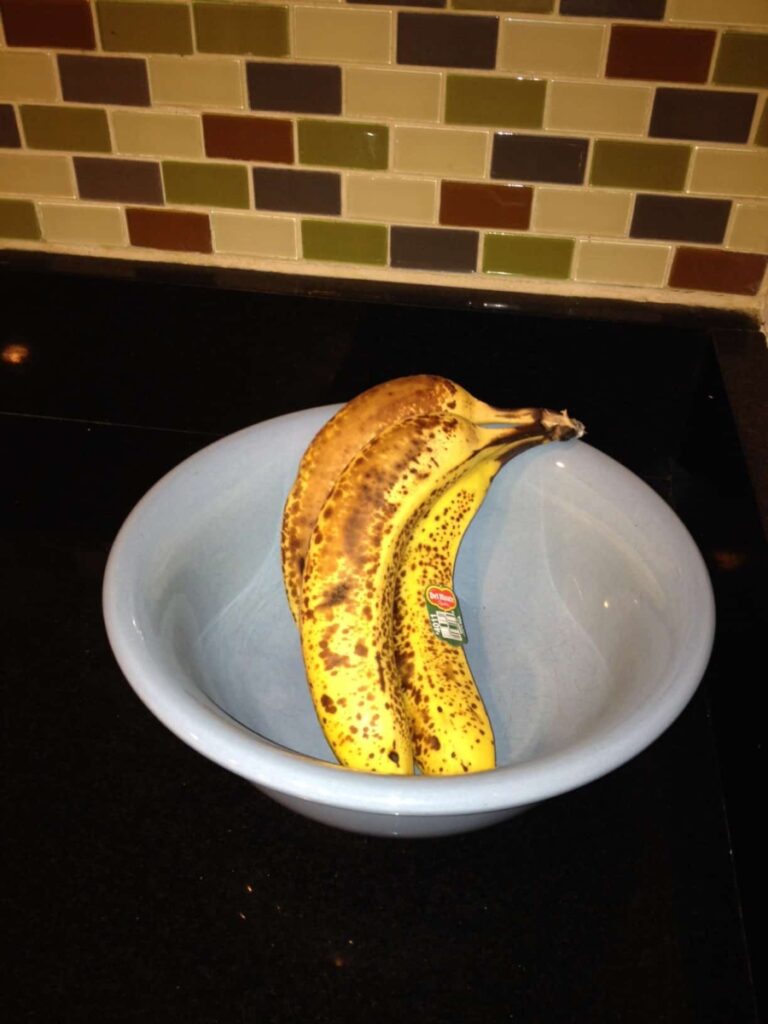
If I discover a ripe banana on a weekend, I’m apt to make banana pancakes. Or, I might whip up a batch of banana bread.
But in the middle of the week and on a hot day, baking or cooking would be the furthest thing from my mind. So, a ripe banana is perfect to put in a smoothie.
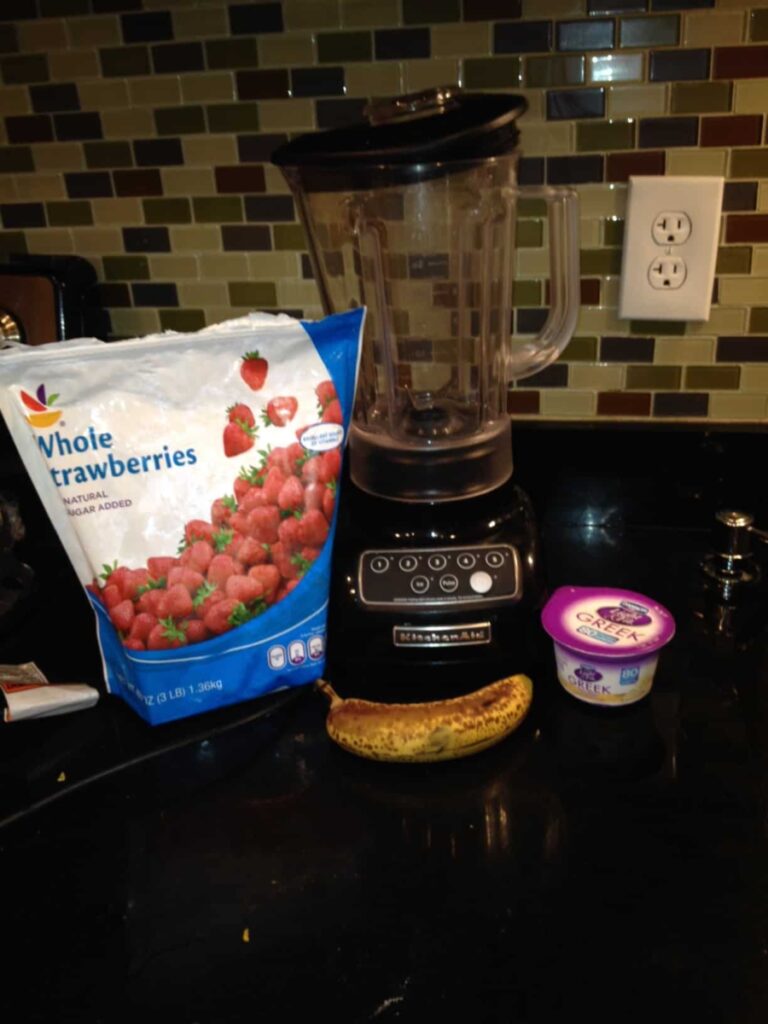
My recipe for a smoothie is pretty simple. I’ll use vanilla Greek yogurt, a cup of water, a ripe banana, and some frozen strawberries. About 30 seconds in the blender, and I’ve got a delicious, healthy, and free smoothie.
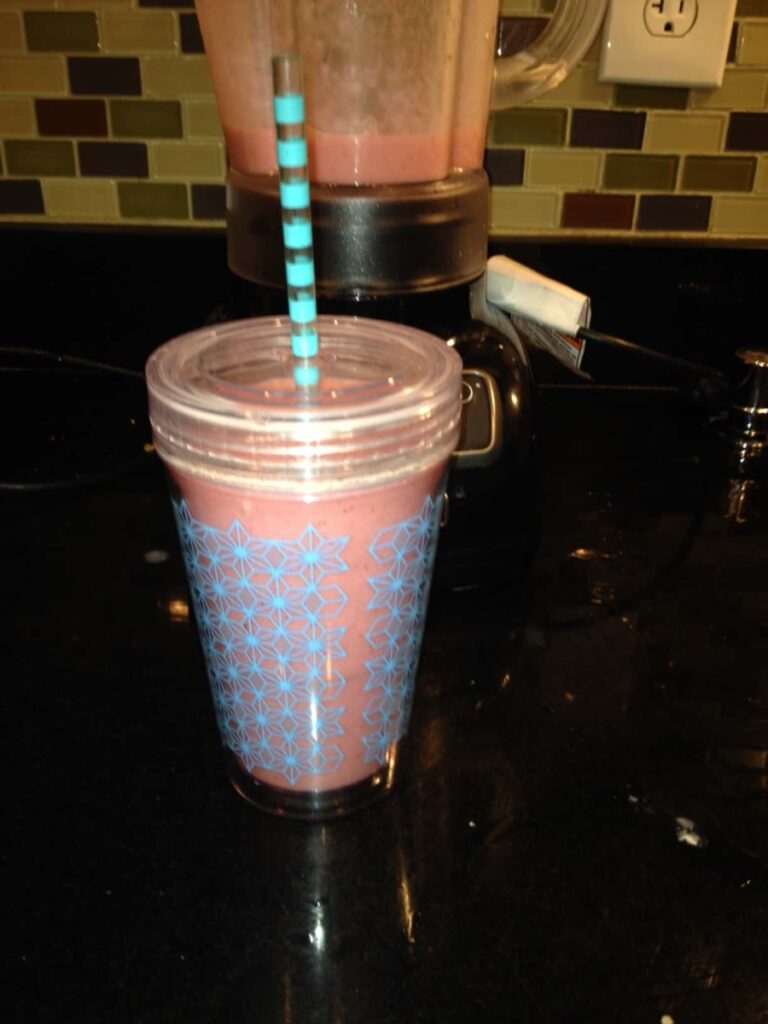
What if I can’t use up all of the ripe bananas? I’ll toss them in the freezer. Here is how you can store a banana for future use.
Banana freezer storage tips
One, peel the banana. Toss peel in the compost bin.
Two, place “bare” bananas in a freezer-safe, storage container. I love my Rubbermaid containers. Three, freeze.
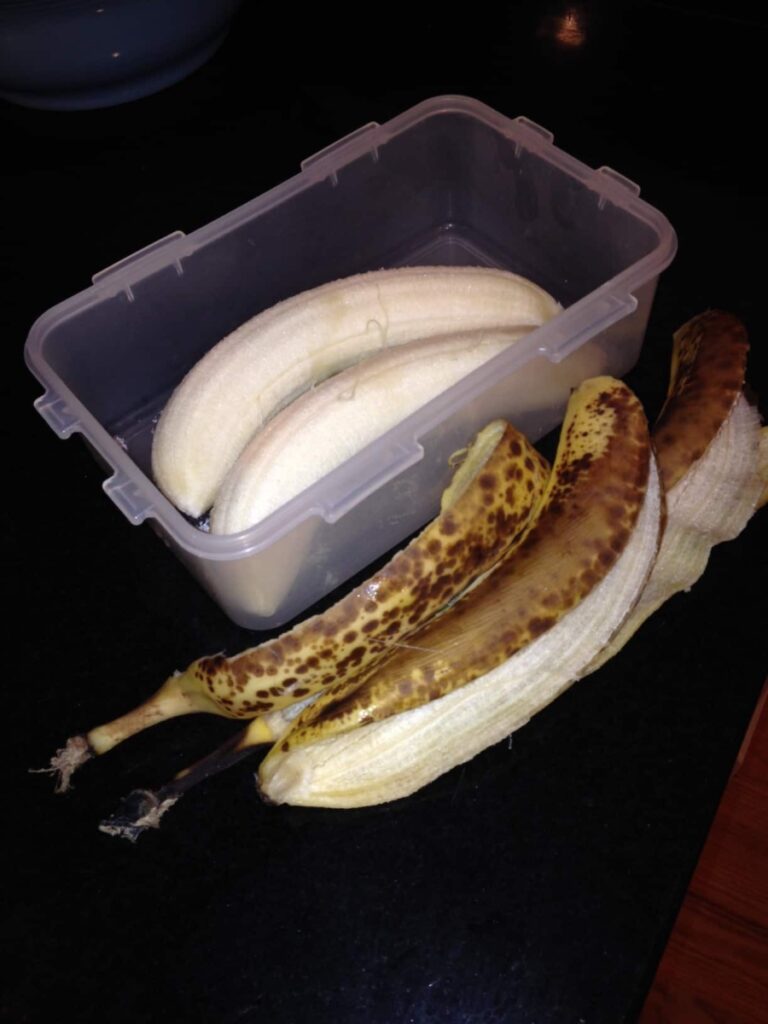
Then, when you’re ready to make a smoothie or something else, you can take the container out to thaw on the counter. Or, you can toss the fully frozen banana in your smoothie instead of ice cubes. Either way, it’s guaranteed to be delicious.
Final thoughts on produce storage ideas
Hopefully, these produce storage idea tips will allow you to keep your fruits and vegetables freshest the longest. And if your fruit ripens before you can eat it fresh, I hope you’ll find ways to bake with it or freeze it for future use.
Finally, if you have any questions about these produce storage ideas, let me know.

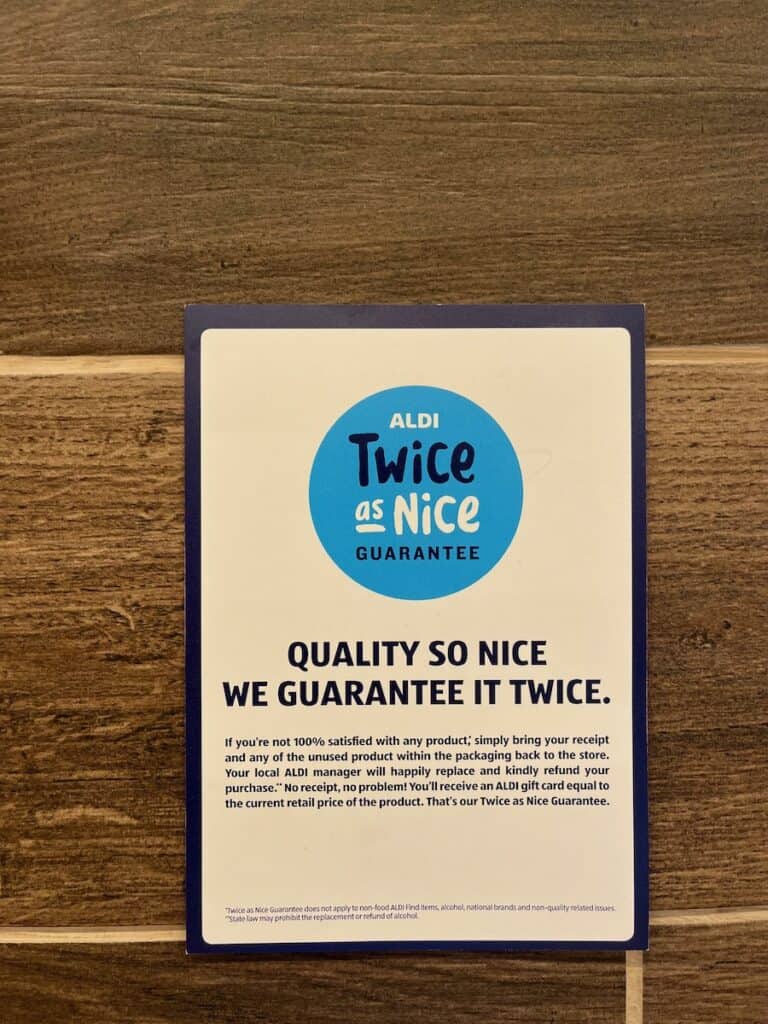
One Comment
Comments are closed.